Did the US Army actually invent McDonald’s McRib?
- By Alex Hollings
Share This Article
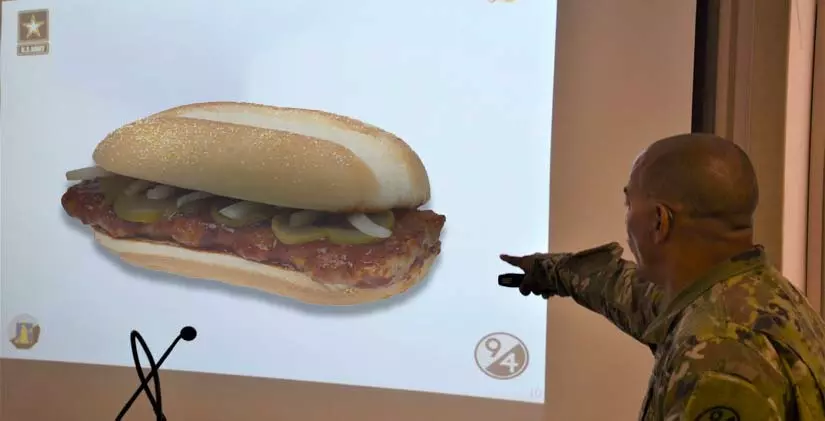
Each year, the fast-food chain McDonald’s re-introduces its highly popular McRib sandwich for a short period of time, spurring a flurry of social media engagement and stories in the press about the barbecue-sauce-laden delicacy… But did you know that the McRib’s roots might actually trace back to the U.S. Army’s efforts to feed its troops in the field?
If you thought MREs (Meals Ready to Eat) are gross, you might not want to read the rest of this article… But if the idea of grinding up pig hearts and forming them into the shape of something more appetizing doesn’t bother you, feel free to read on.
The origin of the McRib is somewhat murky
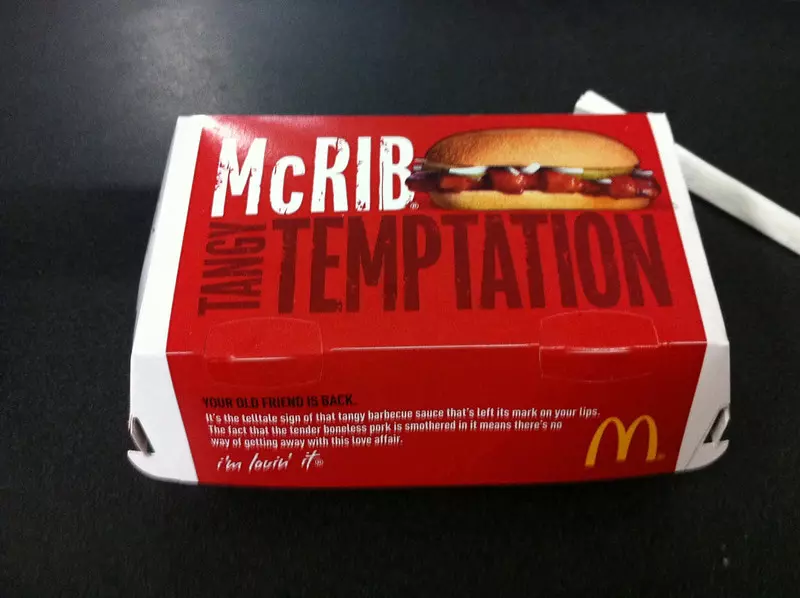
You might be surprised to learn that, despite being invented in the 1970s, there’s still a fair bit of debate about who’s really responsible for the McRib — which really speaks to how we’ve managed to lose so many interesting facts about our own history to time. The McRib might only be as old as the Star Wars franchise, but like Stonehenge, it seems to be the result of efforts from more than one group over an undetermined span of time… This makes it hard to say for sure who the primary craftsman was.
Yeah, that’s right, I just compared the McRib to Stonehenge. I stand by that.
There’s a solid argument to be made that Dr. Roger Mandigo, an animal science professor from the University of Nebraska concocted the BBQ sandwich for the National Pork Producers Council, as a part of the council’s efforts to pitch another pork-product to McDonald’s. However, Mandigo himself shies away from the honor, highlighting that he really just used existing technology to mush meat together into the shape of a Porkchop, and McDonald’s changed things up from there. Where did he get the idea, you ask? Well, according to him, “the military allowed us to use the processes they [had] developed.”
That’s right, if you really want to give credit for the McRib to the right person, the story goes back just a bit further… to a 1960s effort at the Natick Soldier Center for Research and Development to make a more appealing meal for troops in the field out of inexpensive (in other words, pretty gross) meat products.
Related: Keep fit on deployment with these improvised workout equipment ideas
The McRib started as an effort to make unappealing meat into dinner for Soldiers
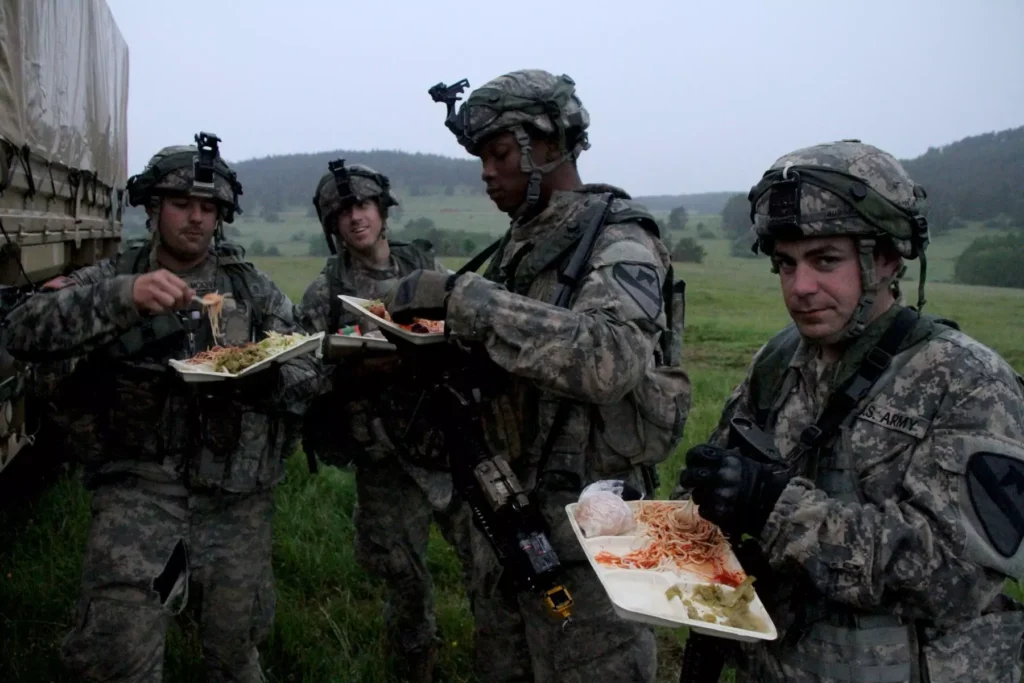
If you’ve ever spent some time in the field, you know that MREs aren’t necessarily the most appetizing things in the world. Yet, after a long day of humping your gear through uneven terrain, few things hit the spot quite like some wheat snack bread and some jalapeno cheese spread. MREs aren’t really about giving you something delicious to eat, so much as delivering calories in a palatable way that will still be good after sitting in a box for a good long while.
When you’ve got a lot of troops to feed, the most cost-effective way is to give them the unwanted meat scraps and trimmings that get left out when processing common grocery store foods. These scraps are pork trimmings, which are the pieces of pork left attached to fat that’s been cut off… along with things like the pig’s stomach lining and heart. These meat scraps are full of calories, protein, and other nutrients and are entirely fine to eat… But there’s one big problem: they’re gross.
So the folks at Natick Labs, most notably a food scientist named John Secrist, teamed up with a meat-flaking company out of Ohio to grind all this unwanted meat up together and use the mush that came out to form patties into shapes people might actually be willing to eat.
The Army paid a number of meat-packing companies to conduct trial runs of different meat-scrap shapes. As a result of introducing the concept to a variety of factories, it wasn’t long before the private sector caught on to this method of taking what was once seen as waste and turning it into something people would actually pay to eat.
Denny’s used our restructured beefsteak in their restaurant,” Secrist told Anastacia Marx de Salcedo, author of Combat-Ready Kitchen: How the U.S. Military Shapes the Way You Eat “and McDonald’s McRib is as close to our product as you can get.”
Read more from Sandboxx News
- Russia is suffering from Ukraine’s cluster munitions, Russian colonel reveals
- How to get through Special Forces selection? Don’t be the ‘Grey Man’
- Iran claims to detect F-35s over the Persian Gulf. Here’s why it could be true
- The Army’s IVAS super-goggle prototypes have arrived but can they live up to the hype?
- The Soviets crashed into the moon while Apollo 11 was on it
Related Posts
Sandboxx News Merch
-

‘Sandboxx News’ Dad Hat
$27.00 Select options This product has multiple variants. The options may be chosen on the product page -

‘AirPower’ Golf Rope Hat
$31.00 Select options This product has multiple variants. The options may be chosen on the product page -

F-35 ‘Lightning’ Framed Poster
$45.00 – $111.00 Select options This product has multiple variants. The options may be chosen on the product page

Alex Hollings
Alex Hollings is a writer, dad, and Marine veteran.
Related to: Military History

A Green Beret remembers his favorite foreign weapons

The AGM-181 LRSO missile will modernize America’s nuclear triad
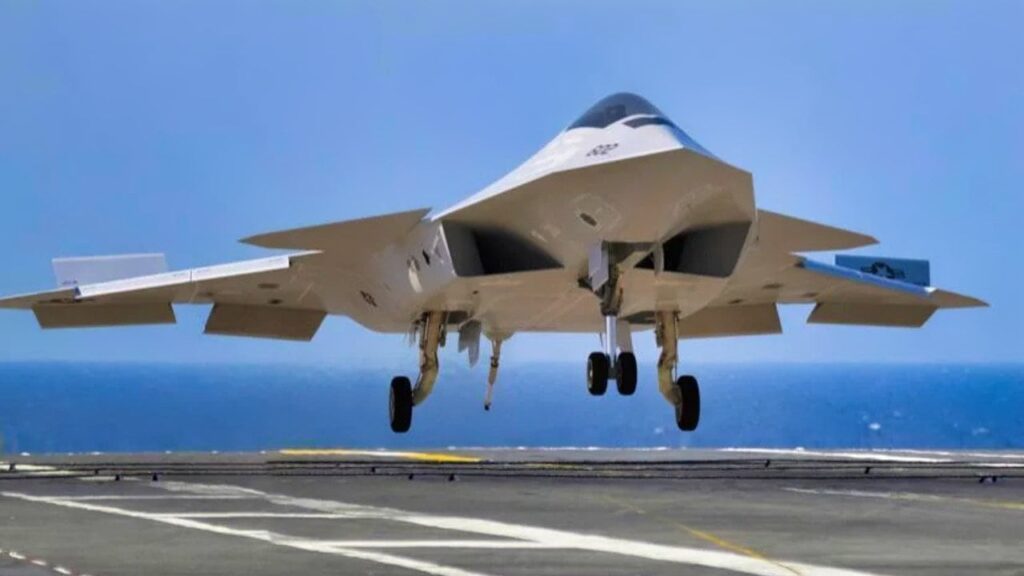
Navy will soon announce the contract award for its F/A-XX 6th-generation jet, according to reports
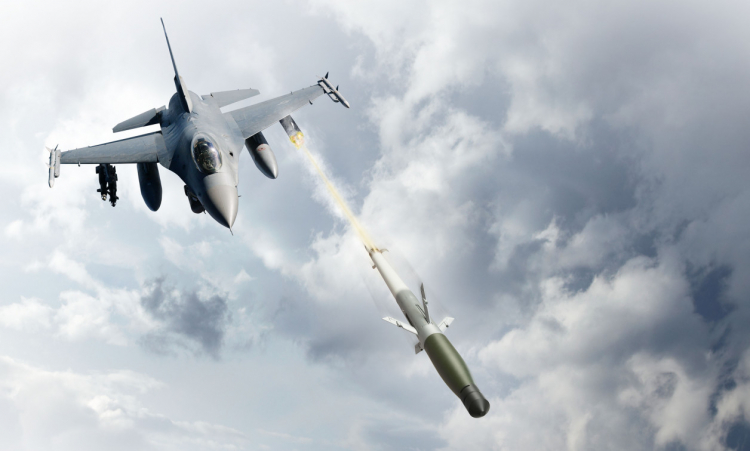
America’s new air-to-air missile is a drone’s worst nightmare
Sandboxx News
-

‘Sandboxx News’ Trucker Cap
$27.00 Select options This product has multiple variants. The options may be chosen on the product page -

‘AirPower’ Classic Hoodie
$46.00 – $48.00 Select options This product has multiple variants. The options may be chosen on the product page -

‘AirPower’ Golf Rope Hat
$31.00 Select options This product has multiple variants. The options may be chosen on the product page -

‘Sandboxx News’ Dad Hat
$27.00 Select options This product has multiple variants. The options may be chosen on the product page
